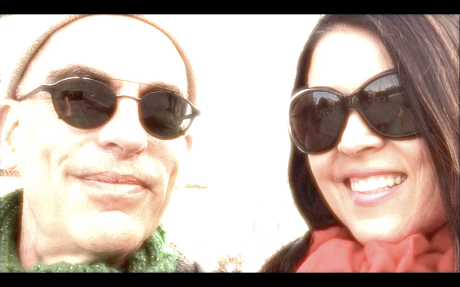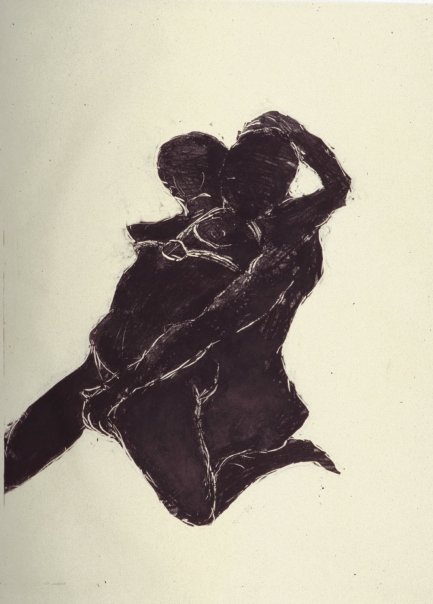A ringing truth more resonate than revelation, more terrifying than prophesy and more damaging to one’s ego than the caustic reverberations of a bad review. I’m referring to the many oracular pronouncements that come from the mouth of a beloved mentor. For years I was enthralled by the slanted wisdom of Currado Malaspina.He coaxed me into questioning my rigid and and constraining orthodoxies and shamed me into a lassitude of careful, obedient compliance. What I thought I knew I questioned and what I questioned was reduced into marginality. Currado’s charisma and sheer persuasive bellicosity had me cowering like a kitten.
I didn’t know who I was anymore. I lived like a dull reflection of myself buried beneath the shadow of an acclaimed master. My friends envied my privileged position as the amanuensis and lady in waiting to one of France’s most famous contemporary artists.I was Currado Malaspina’s assistant, his lover and his confidante and I was miserable living the dream in the City of Light.
Be careful what you wish for. Enthralled to a living legend locks the normally creative mind into an aurelian shackle of diffidence and servility. I put Currado above all else, above my needs, above my ambitions and worst of all, above my work. I was a cog in the enterprise of furthering the career of an already inflated vedette de la monde artistique. I worked night and day on curating his image, burnishing his reputation and creating a climate of constant anticipation.
At the time his work was a boilerplate of cheap scandal and facile provocation. That it was also demeaning of women was a fact that conveniently eluded my besotted inattention. In retrospect it’s hard to believe how blind I was in my compliance and capitulations.
Such is the predicament of the young, grasping artist. In a field crowded with identical aspirants the conditions for success are a vague blueprint of strategic compromises, ethical lapses and a muddled pub crawl through the anuses of the famous and the well-connected.
In today’s lexicon it’s called networking.
Back then it was called prostitution.


























